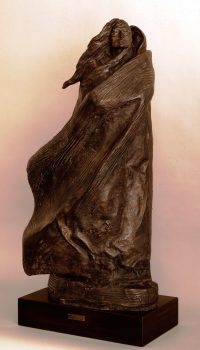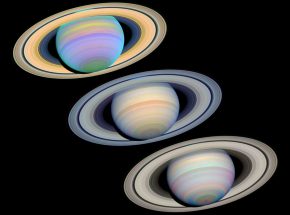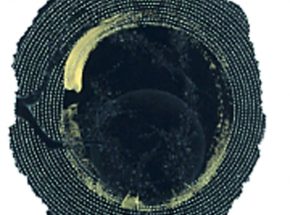

Harry Jackson has become widely known as an accomplished sculptor and painter with a limitless range while residing in Cody, Meeteetse, and Lost Cabin, Wyoming, for seven decades.
Jackson was born in Chicago, Illinois on April 18, 1924. A difficult childhood resulted in Jackson leaving in May 1938, at age 14, to cowboy with Cal Todd on the Pitchfork Ranch near Meeteetse, Wyoming.
Each winter, from 1938 through 1942, Jackson returned to Chicago to study painting at the Academy of Fine Arts and the Art Institute. His Cody friends, Betty Phelps and Jesse Frost were fellow students.
In 1942, at age 18, Private First Class Harry Jackson USMC joined the Fifth Marine Amphibious Corps as General Intelligence’s first combat-sketch artist. He fought in three amphibious assault victories across the Central Pacific, wounded twice; he still suffers from the effects of his injuries.
Upon returning to the states in September 1944, 20 year-old Sgt. Jackson became the youngest-ever official Marine Corps Combat Artist. Jackson notes, “I was stationed In Los Angeles to create paintings and drawings of my bloodiest close-combat experiences. While there, I was bowled over by the 1943 abstract expressionist painting The Moon Woman Cuts the Circle created by Jackson Pollock — who was born in Cody Wyoming on January 28, 1912. That single artwork caused me to relive (1943) Tarawa’s bloody butchery; I knew that I had to meet Pollock face to face ASAP.”
In March 1945, Jackson began a private journal which now contains 131 volumes. Receiving an honorable discharge in October 1945, he wintered on Wyoming’s Pitchfork Ranch and then went to New York in May 1946.
Jackson ‘s journal recalls, “On Monday Oct 11, 1948, I finally met Jackson Pollock who became my friend and mentor who deeply influenced my entire life’s work to this day. A few days after Jack and I bonded, my wild White Figure painting volcanically erupted from my sealed-off blacked-out mind. It was far too revealing, so I didn’t show it to anyone until my exhaustive Retrospective at the University of Wyoming Art Museum in 1987.”
Jackson states that, “Seeing Pollock’s The Moon Woman Cuts the Circle in December 1944 shot the first crack of daylight into my blocked-off brain …”
While Jackson’s cowboy art is collected world-wide, he continues to confound the art world by creating abstract and non-objective art influenced by Pollock and Kandinsky. Jackson’s work is housed in a number of museum and private collections including: The Metropolitan Museum of Art, New York; Smithsonian American Art Museum, Washington, D.C.; Denver Art Museum, Denver, Colorado; Amon Carter Museum, Fort Worth, Texas; Gilcrease Museum, Tulsa, Oklahoma; The American Museum In Britain, Bath, England; Ronald Reagan Presidential Library, Simi Valley, California; and the Lyndon B. Johnson Presidential Library, Austin, Texas. His work is also in the personal collections of Queen Elizabeth II, the Saudi Arabian royal family, Italian Federal Government, and the Vatican.
Jackson says that he is most proud to be collected in Wyoming where his art is in the Meeteetse Museum, the Buffalo Bill Historical Center, the University of Wyoming, the Wyoming State Museum, and in several other public and private Wyoming collections. “This means more than being lauded around the world.”
www.bbhc.org/westernart/research/jackson/
Website
http://harryjackson.com



